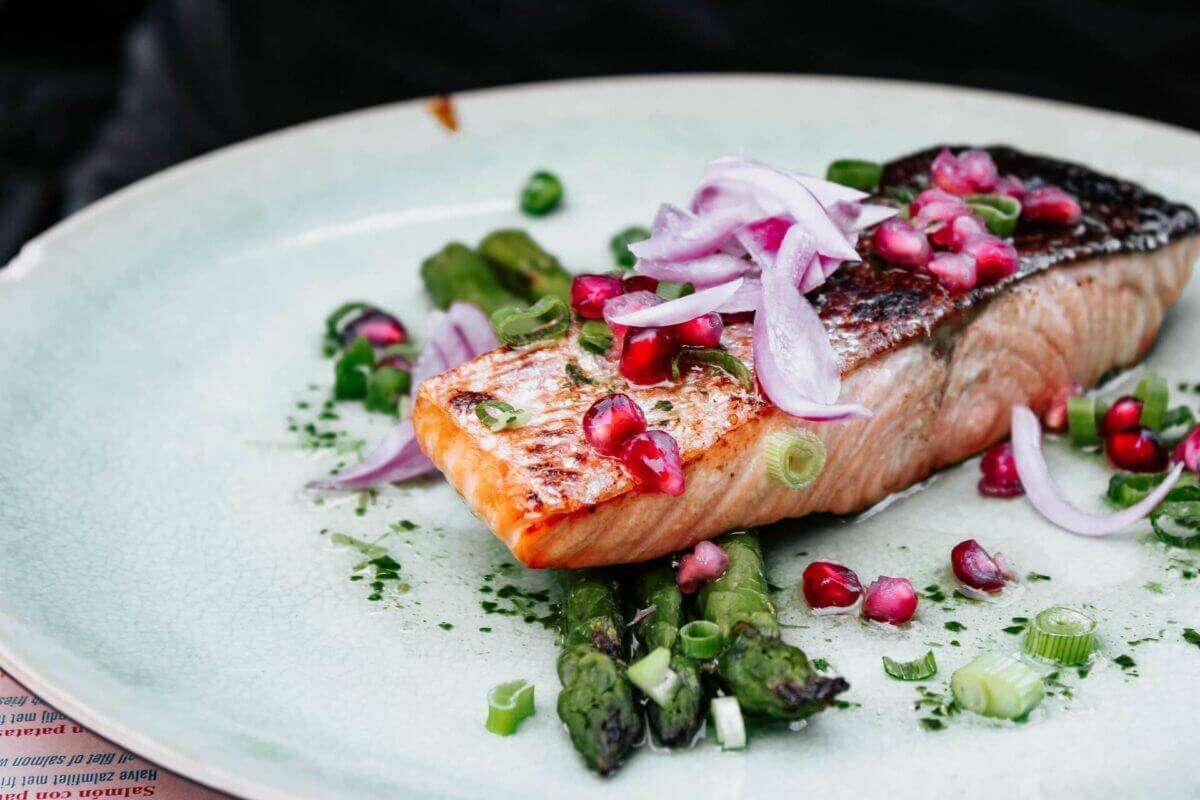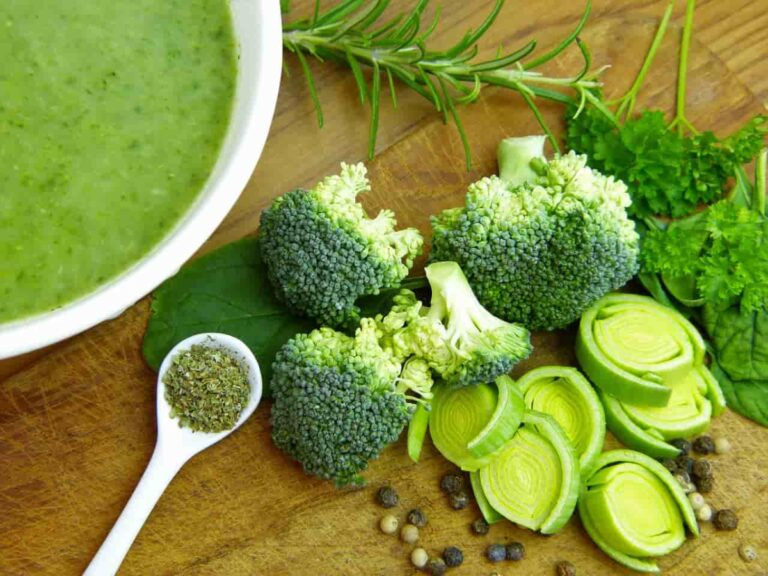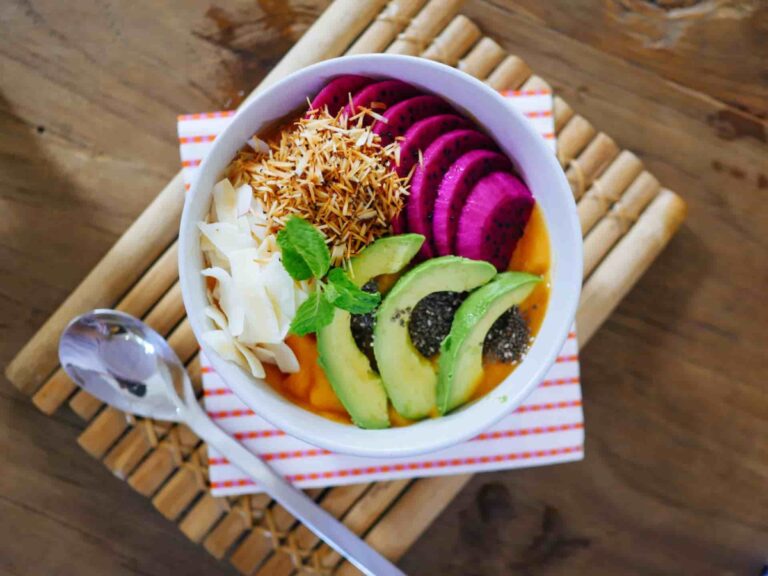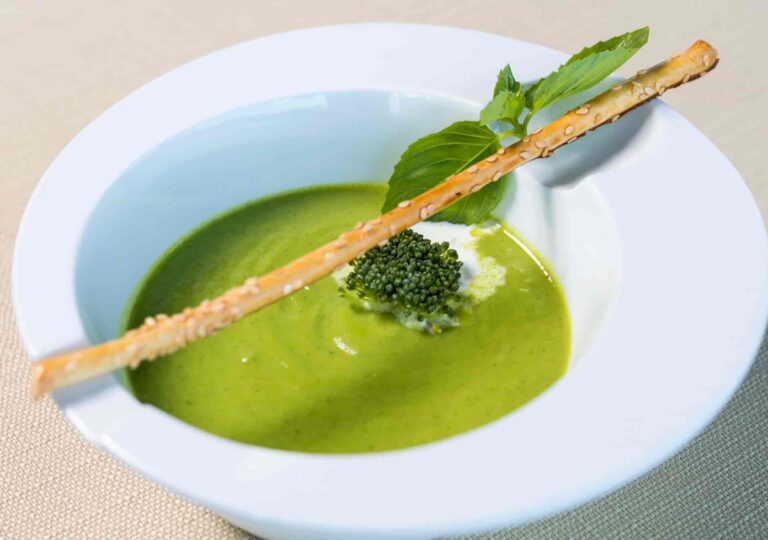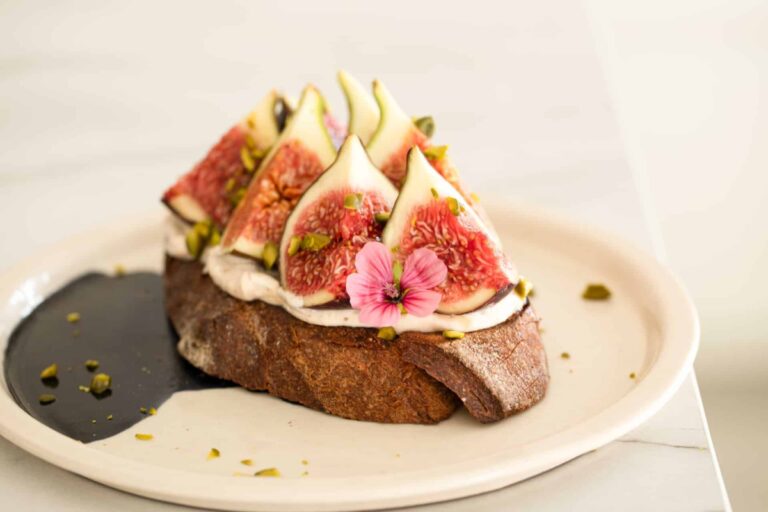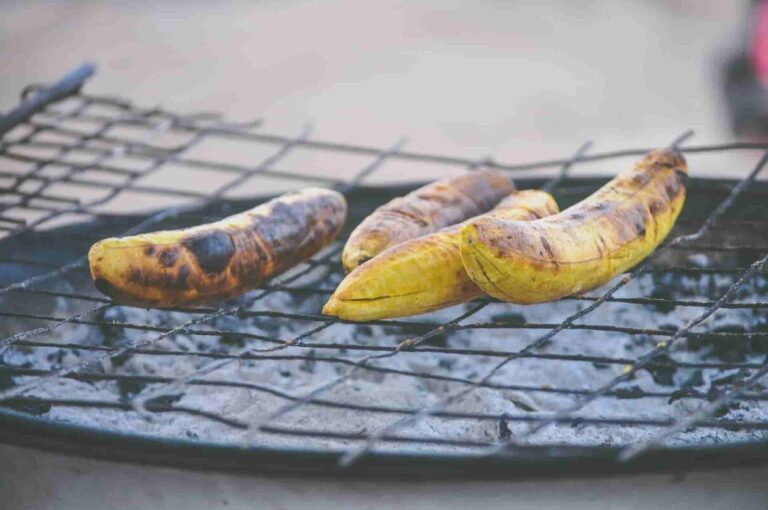38 best asparagus secrets and tips just for you
Did you know that white asparagus is produced from the same plant as the green one? And do you know that purple asparagus exists too?
- Because the white asparagus shoots are covered with dirt while growing and are not exposed to sunlight that the white asparagus shoots retain their white colour. On average, white asparagus has a lower antioxidant content than green asparagus.
- There are certain types of asparagus that produce purple spears, but the cultivation practises used to produce white and green spears are what differentiates them from one another. In the spring, all three varieties of asparagus are accessible; yet, there are significant variations between them that go far beyond the colour of the stalks.
- The asparagus plant is a perennial flowering plant species that belongs to the genus Asparagus. It is also known as garden asparagus, sparrow grass, and by its scientific name, Asparagus officinalis. As a spring vegetable, its new shoots are harvested and consumed at this time.
- Only the younger spears of asparagus are typically consumed, since as the buds begin to open, the spears soon become woody. Starch may be found in the roots.
- The name “asparagus” in English originates from classical Latin; nevertheless, the plant was once known in English as “sperage,” is originates from the Medieval Latin word “sparagus.”
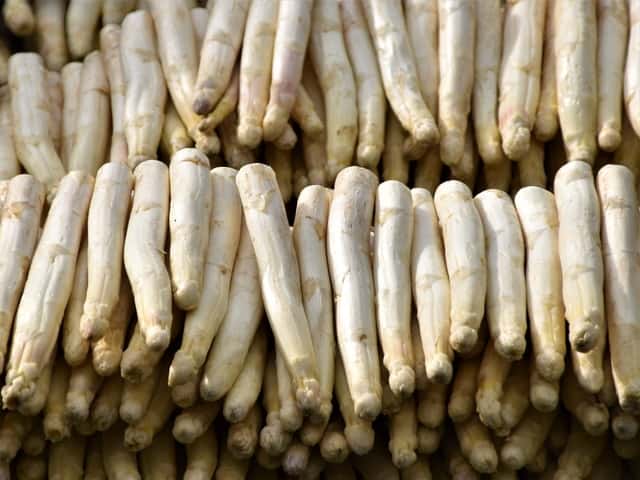
Asparagus nutrition values and health benefits facts
- Although it’s low in calories, asparagus packs a powerful nutritional punch because to its remarkable nutrient profile. It is a wonderful source of vitamin K, which is a key mineral that plays an important role in maintaining healthy bones and blood clotting. Moreover, it contains trace levels of a variety of other minerals, including as iron, zinc, and riboflavin.
- In addition to containing vitamins C and E, flavonoids, and polyphenols, asparagus is also an excellent source of antioxidants. Antioxidants stop the formation of potentially dangerous free radicals in your body, which lowers your chance of developing chronic diseases.
- Asparagus, which is an excellent source of fibre, helps maintain regular bowel movements and good digestive health, and it also may lower the risk of developing cardiovascular disease, high blood pressure, and diabetes.
- The nutrient folate, often known as vitamin B9, may be found in abundant supply in asparagus. Folate is a vital vitamin that aids in the production of DNA and red blood cells, both of which are necessary for healthy growth and development. It is of utmost importance, particularly during the earlier stages of pregnancy, to ensure that the healthy growth of the baby is ensured.
- A serving of half a cup of asparagus provides you with 6 percent of your daily need for potassium, making it an excellent source of this mineral. Potassium reduces blood pressure in two different ways: first, it relaxes the walls of blood vessels; second, it helps the body rid itself of excess salt by passing it out in urine. According to research, one of the most effective ways to treat hypertension is to reduce one’s use of salt while simultaneously increasing one’s consumption of potassium.
- A lot of the properties of asparagus make it an excellent meal choice for those who are trying to lose weight. To begin, a half cup serving has just 20 calories, making it one of the healthiest options available. This indicates that you may consume a significant amount of asparagus without significantly increasing your calorie intake. In addition to that, around 94 percent of it is water. According to the findings of certain studies, one of the factors that contributes to weight reduction is eating meals that are low in calories and high in water content.
- Rarely can asparagus cause allergic reactions in people. The symptoms of an allergy are often modest or only linger for a few minutes at a time. If the symptoms do not improve or if they become worse, you should see your doctor. When you are on the medication lithium, you should probably avoid eating asparagus since it has a little impact similar to that of a diuretic. Asparagus has the potential to both lower the amount of lithium that is excreted and raise the overall concentration of lithium in the blood. It is possible that doing so will exacerbate the negative effects of the medication.
1 cup (180g) cooked asparagus has just 20 calories (85kj), 2.2g of protein, 0.2g of fat, and 1.8g carbs, including 1.8g fibres.

How to store Asparagus and how to buy them
- When shopping for green asparagus at a grocery store or a farmer’s market, you should search for spears that have a vibrant green colour virtually the whole length of the stalk. The spears should be sturdy, but keep in mind that spears with a wider diameter have a tendency to be more fragile than spears with a smaller diameter.
- In the refrigerator, uncooked fresh asparagus can keep for about three to four days. Either set it upright in a jar with some water or wrap it in a damp paper towel. Either of these options will allow you to store it for a longer period of time. The first method can keep asparagus fresh for up to a week, while the second method can keep it fresh for up to two weeks.
- To begin, a rubber band will be wrapped around the bunch of raw asparagus that you purchase. When you come back to the house, do not remove the band. It will assist in securing the spears while they are being stored. Second, in contrast to the majority of vegetables, asparagus prefers to be grown in moist conditions. For this reason, storing it in a plastic bag with the top cut off is an acceptable alternative. The bag enables the bunch to breathe while also assisting in the process of retaining moisture in the bunch.
- It is necessary to provide it with more moisture in order to make it survive longer, and there are at least two methods that this may be done. The most straightforward approach to solving this problem would be to take a moist paper towel, wrap the bottom of the stalks in it, and then place them back inside the bag, but this time without closing it. The second approach is a more technical one, and it involves preserving the spears in a jar with some water. This method is suitable to use if you need the stalks to remain fresh for at least a week. In order to achieve it, you need need a jar or other container that has around one centimetre of water in it.
- Freezing asparagus is the best option if you purchased more than you needed to take advantage of a discount on it or if your plans have changed and you won’t be able to use it within a few days of purchasing it. The following is a guide for freezing asparagus.
- The asparagus has to be washed, trimmed, and cut.
- The next step is to boil or steam it. Sort the asparagus stalks according to their thickness before adding them to the water that is boiling. Blanching should be done for a total of 90 seconds for thin ones, 120 seconds for medium ones, and up to 180 seconds for thick ones.
- After being blanched, each spear should, as a general rule, take on a vibrantly green colour.
- Next step the stalks should be placed in ice cold water.
- When the water has been drained out, allow the spears to air dry for ten to twenty minutes. Paper towels should be used to pat them dry.
- If you won’t use all of the stalks at once, cut them up into smaller sections and store each portion in its own freezer bag. If you won’t need all of the stalks at once, divide them. After that, remove as much air as possible from the bag, and ensure that it is completely sealed. You may choose to include a date on the label if you want to.
- Put the bags in the freezer.
- Throw out asparagus If there is fuzzy activity on the spears or black patches here and there, the asparagus is not edible. Or, often the tips darken and go limp before the stalks wrinkling. It’s a spectrum, of course; you may use slightly soft spears, but if slimy residue adheres to them, you must discard them.
- Asparagus doesn’t have much of a scent, so if yours develops an unpleasant odour, it’s best to discard it. In addition to the aforementioned, the colour of your asparagus may begin to fade. Discoloration is an indication that they won’t last much longer, so it’s better to consume them immediately.
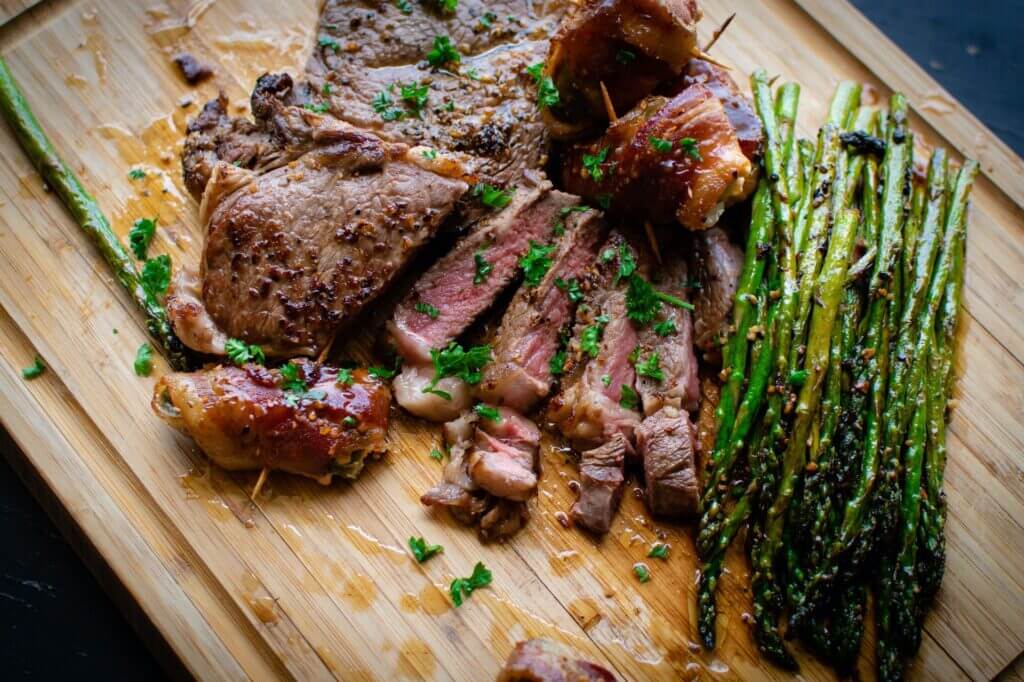
Cooking techniques, secrets, and tips from the kitchen
- Before beginning the cooking process, you will need to remove any fibrous ends from the stalks. To do this, you should grasp the spear at each end and bend it softly and evenly until it breaks. This is the recommended method. However, we believe that there are instances when this eliminates a little bit more than is necessary, thus we believe that it is best to take a knife and trim at the point where you can feel the stalk beginning to turn rough and woody.
- The taste of green asparagus may be described as grassy, whereas the flavour of white asparagus is more subdued and has a hint of bitterness. Because it contains around 20 percent more sugar than green asparagus does in its stalks, purple asparagus has a more nutty and sweet flavour. In spite of the fact that the stalks of the asparagus are purple on the exterior, the asparagus itself is green on the inside. There is a possibility that the anthocyanins found in purple asparagus are responsible for its colour.
- Green asparagus is eaten all over the world if it can be obtained all through the year. However, since the growing season in Europe is so short, green asparagus is in high demand all through the year. White asparagus has a significant degree of popularity in Europe, particularly in the Mediterranean area. In order to finish the meal, French-style asparagus is often prepared by boiling or steaming the vegetable before being served with a Hollandaise sauce, butter sauce, or even just olive oil and parmesan cheese.
- When placed in an oven set at a high temperature and accompanied by oil and spices, asparagus may be roasted in around 8-10 minutes. They will give in to a hot griddle or barbecue in about half the allotted amount of time. For a delectable side dish, try adding large slices of potatoes to a tray of fresh potatoes that have been roasted and topping them with feta cheese and thyme during the last ten minutes of the cooking process.
- You could also use a little of olive oil, some lemon juice, and some freshly ground pepper instead. All you need is a pinch. Butter that has been melted is often an excellent option, but it can be taken to an entirely new level by being allowed to brown somewhat so that it may release certain aromas that are rich and nutty. To accompany your salad, whip together a quick vinaigrette using the zest of an orange and some hazelnuts that have been coarsely chopped.
- It would seem that the humble egg, in all of its gourmet expressions, strikes a gastronomic chord with the vegetable known as asparagus. It is also possible to use toasted soldiers topped with a runny boiled egg as an alternative. Create a hollandaise sauce that may be used as a topping or dipping sauce. However, despite its menacing appearance, it is really tasty. On top of this meal, a homemade mayonnaise that has been flavoured with minced garlic and anchovies is another excellent option.
- If you are feeling colourful and want to offer white and green asparagus in the same meal, you should boil them separately unless the stalks all seem to be the same thickness in relation to one another. The purple kind of asparagus, when cooked, changes its colour to green, which is a shame since it would be wonderful to have all three hues of asparagus in a meal. Shave the stalks and include them in a salad that is served uncooked if you want all three to be visible.
- Arrange some roasted spears on some buttered bread, then sprinkle some grated hard-boiled egg on top of that, and finish it off with some chopped parsley, capers, and celery salt to taste.
- Pour some cooked and chopped asparagus into a pot of boiling pasta, add a few slices of bacon and a couple of egg yolks; the heat from the pasta should cook the egg yolks and transform them into a silky sauce; finish with some grated parmesan cheese.
- Orange, lemon, nuts (hazelnuts, pine nuts), prosciutto or bacon, butter, mint, mushrooms, newly steamed peas, parmesan, and eggs are just a few of the ingredients in our kitchen that go nicely with asparagus.
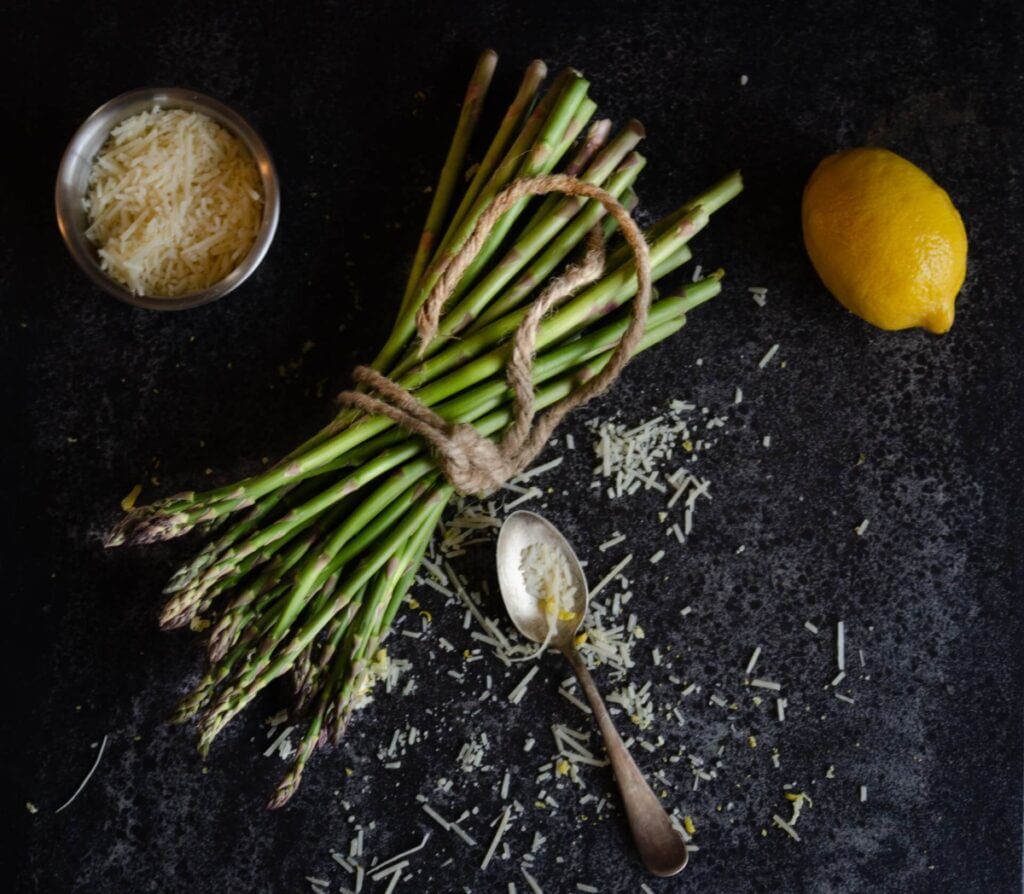
History of asparagus from the beginning until today
- Asparagus In ancient Egypt, it has been traced back to more than 3000 BC; nevertheless, it is also known in Syria and Spain. It was used as food by the Romans and Greeks when it was in season and dried for use during the winter months. Eventually, crops were discovered all across Europe, and later, in North America as well.
- In ancient Greece, asparagus was regarded as a holy and aphrodisiac herb, and the Greeks were particularly interested in the plant’s biological and pharmacological properties.
- For diarrhoea and discomfort in the urethra, Hippocrates, the ancient Greek physician, prescribed asparagus to cure the symptoms. Asparagine are found in this plant, and they are well-known for their diuretic qualities. The gourmet characteristics of the plant were recognised by the Romans, on the other hand. They ate it as an entrée or as a vegetable to complement fish dishes like as salmon. Despite the fact that asparagus was mostly forgotten throughout the Middle Ages, the Arabs continued to produce it. The asparagus was carried back to Europe by Caesar’s armies after their return from the Orient.
- Aside from being served at royal courts around Europe beginning in the 16th century, asparagus was also farmed in France during the 17th century for Louis XIV, who was said to be a big fan of the vegetable. According to historical accounts, it was the size of a swan’s feather at the period of cultivation and was cultivated primarily for the needs of the aristocracy and nobles alone. It wasn’t until the 18th century that asparagus made its debut on the local market and in a slew of gourmet publications.
- Green asparagus may now be found in both the United States and China. In Europe, the white cultivar is mostly grown for its white flowers.
- The vegetable is cooked and served in a variety of ways all over the globe, generally as a starter or a side dish. In Asia, asparagus is stir-fried, while in certain areas of Europe, asparagus is swiftly grilled over charcoal. Aside from that, asparagus may be used to stews, soups, and even eaten raw as a component of salads.
- California provides the majority of the harvest for the United States, with significant contributions from Washington and Michigan.
- Other nations that are big producers of asparagus include China, which is the world’s largest producer, and Peru, which is the second largest producer.
